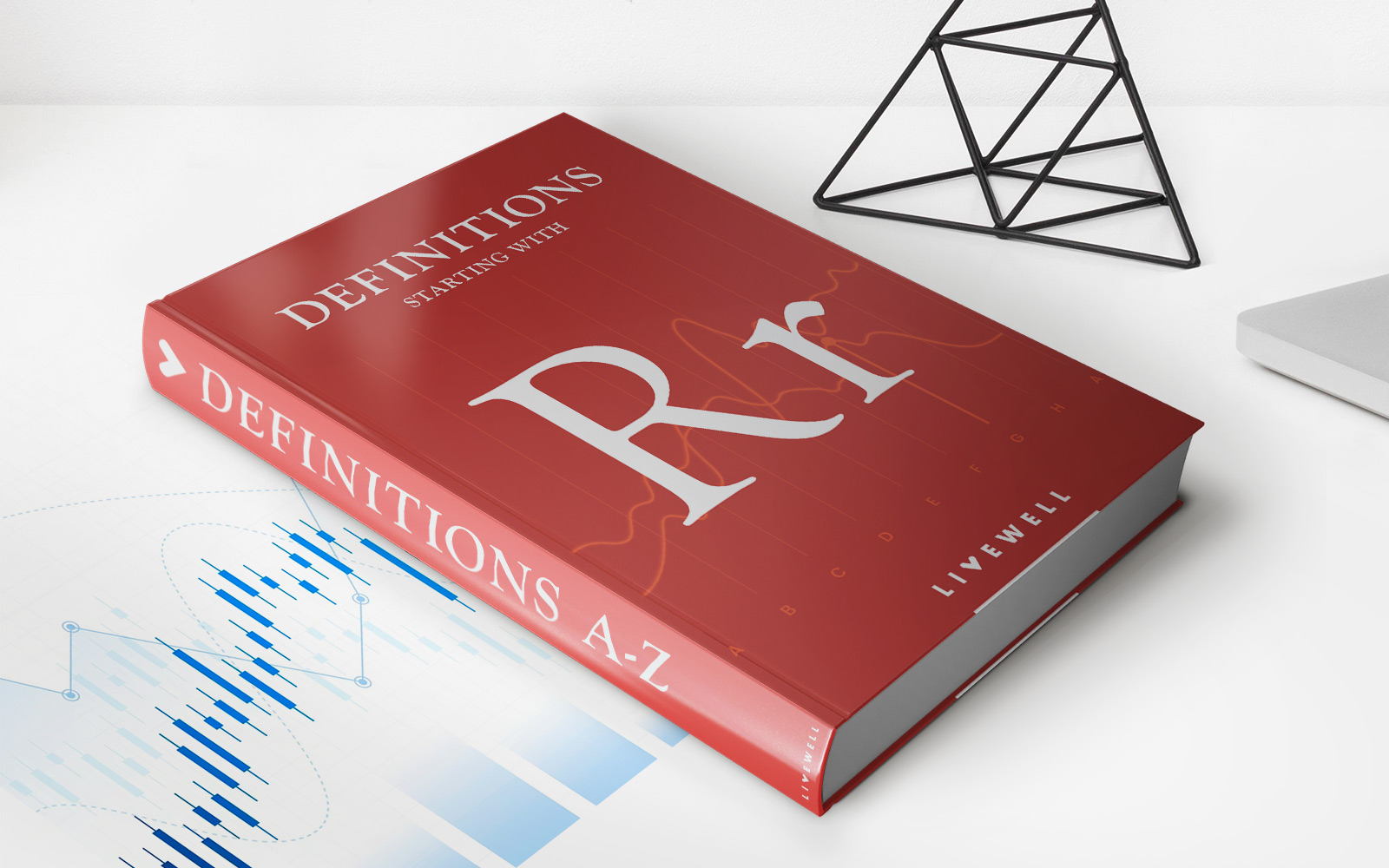

Finance
Remote Disbursement Definition
Published: January 18, 2024
Learn about remote disbursement in finance. Discover the definition, process, and benefits of remote disbursement for organizations.
(Many of the links in this article redirect to a specific reviewed product. Your purchase of these products through affiliate links helps to generate commission for LiveWell, at no extra cost. Learn more)
The Power of Remote Disbursement in Finance
Welcome to our FINANCE blog category! In today’s post, we will be diving into the world of remote disbursements and how they can revolutionize the way financial transactions are conducted. If you’ve ever wondered what remote disbursement is and how it works, you’re in the right place. We’ll not only answer these questions but also provide you with key takeaways to help you understand the concept better.
What Is Remote Disbursement?
Remote disbursement is a financial process where funds, typically through electronic means, are transferred from one account to another without the need for physical presence or paper documentation. This method allows individuals or businesses to securely send and receive payments, regardless of their location. In simple terms, it’s a way of conducting financial transactions without the need for face-to-face interactions.
Key Takeaways:
- Remote disbursement enables secure and efficient financial transactions.
- It eliminates the need for physical presence or paper documentation.
The Benefits of Remote Disbursement
Now that we’ve defined remote disbursement, let’s explore why it’s gaining popularity in the finance industry. Here are some key advantages:
- Convenience: Remote disbursement eliminates the need for individuals or businesses to meet physically to initiate transactions. This means you can complete financial transactions from the comfort of your own home or office, saving time and effort.
- Cost Savings: With remote disbursement, you can significantly reduce costs associated with travel, paper documentation, and other traditional payment methods. By leveraging digital platforms, you can streamline your financial processes and cut unnecessary expenses.
- Security: Remote disbursement employs secure encryption technologies to protect your sensitive financial information. This reduces the risk of fraud or theft commonly associated with physical cash or paper-based transactions.
- Efficiency: The digital nature of remote disbursement allows for faster processing times and near-instantaneous transfer of funds. Say goodbye to waiting days for a check to clear or for a wire transfer to be completed.
- Global Accessibility: Whether you’re conducting business locally or internationally, remote disbursement breaks down geographical barriers. It allows you to receive and send funds across borders, making it a practical solution for international trade and e-commerce.
Conclusion
Remote disbursement is changing the way financial transactions are conducted. Its convenience, cost savings, security, efficiency, and global accessibility make it a preferred choice for businesses and individuals alike. By embracing remote disbursement, you can optimize your financial processes and enjoy the benefits that digital advancements bring.
Thank you for visiting our blog and learning about the fascinating world of remote disbursement in finance. Stay tuned for more informative content that will help you navigate the realm of personal and business finance.














